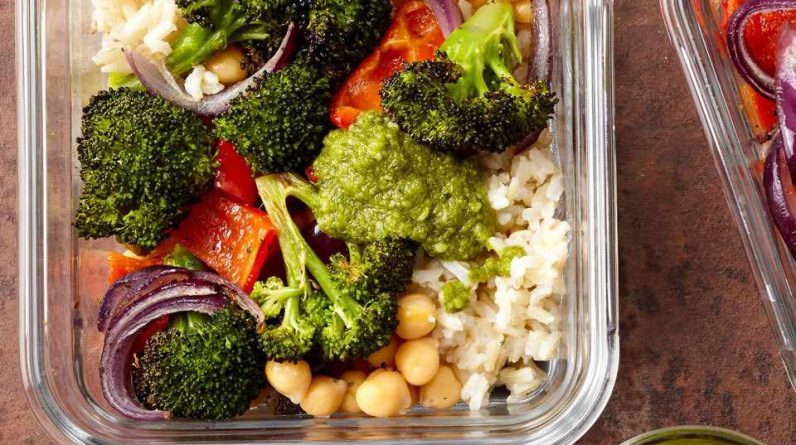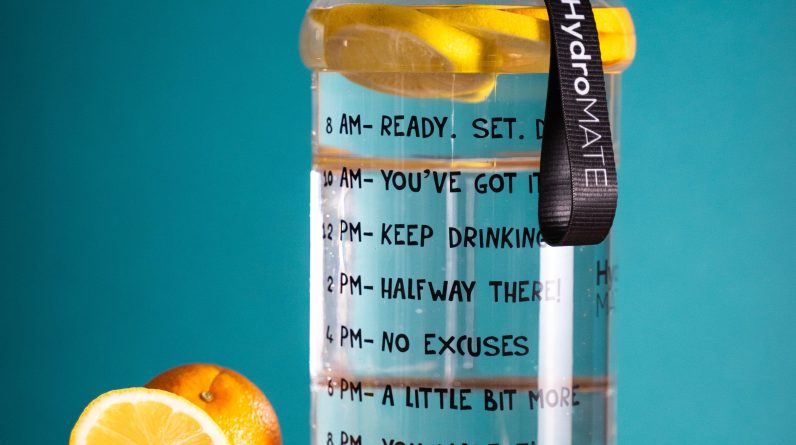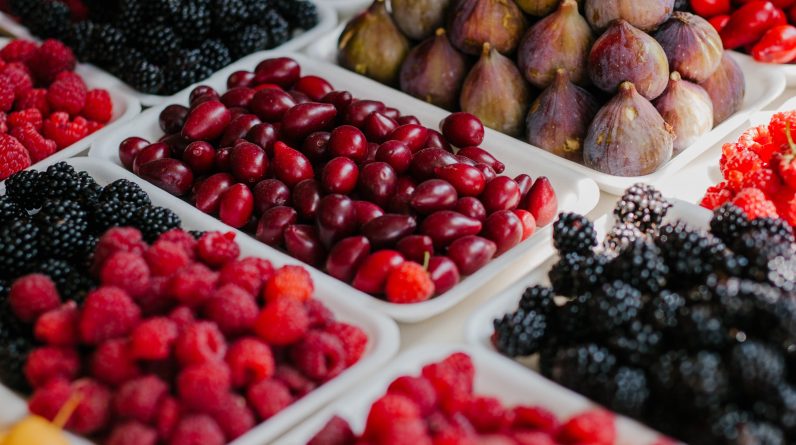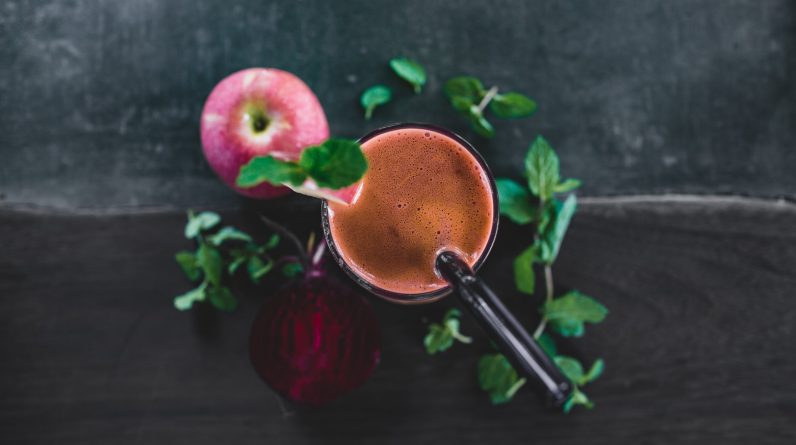
Designing an Effective Meal Plan for High Blood Pressure: A Guide to Promote Healthy Living
High blood pressure, or hypertension, affects millions of people worldwide and is a leading risk factor for cardiovascular diseases. While medication can play a crucial role in managing hypertension, adopting a well-balanced meal plan can significantly contribute to reducing blood pressure levels and improving overall health. This article aims to provide valuable insights into designing an effective meal plan for individuals with high blood pressure, emphasizing the importance of key nutrients, food choices, and portion control.
Understanding the DASH Diet:
The Dietary Approaches to Stop Hypertension (DASH) diet has gained recognition as an effective eating plan for managing high blood pressure. This section highlights the principles of the DASH diet, which emphasizes the consumption of fruits, vegetables, whole grains, lean proteins, and low-fat dairy products while limiting sodium, saturated fats, and added sugars.
Emphasizing Nutrient-Rich Foods:
This section focuses on incorporating specific foods into the meal plan that are known to have blood pressure-lowering properties. It includes an overview of fruits and vegetables rich in potassium, such as bananas, spinach, and avocados, and the role of calcium and magnesium in regulating blood pressure.
Controlling Sodium Intake:
Excessive sodium consumption can contribute to high blood pressure. This section provides practical tips for reducing sodium intake, including reading food labels, cooking at home, and using herbs and spices as alternatives for flavor enhancement.
Optimal Macronutrient Distribution:
Understanding the balance between carbohydrates, proteins, and fats is essential in designing a healthy meal plan. This section discusses the importance of choosing complex carbohydrates over refined ones, incorporating lean proteins like fish and poultry, and opting for heart-healthy fats found in nuts, seeds, and olive oil.
Portion Control and Meal Frequency:
Maintaining an appropriate portion size and spreading meals throughout the day can help regulate blood pressure. This section offers guidance on portion control, utilizing smaller plates, and planning regular, balanced meals and snacks to prevent overeating and stabilize blood pressure levels.
Meal Planning and Preparation Tips:
Planning and preparing meals in advance can help individuals with hypertension stay on track with their dietary goals. This section provides practical tips for meal planning, including creating a grocery list, batch cooking, and incorporating diverse flavors and textures to make meals enjoyable.
Lifestyle Recommendations:
In addition to a well-designed meal plan, adopting a healthy lifestyle can have a positive impact on blood pressure management. This section explores the benefits of regular physical activity, stress reduction techniques, and the importance of adequate sleep for maintaining optimal blood pressure levels.
A well-structured meal plan plays a vital role in managing high blood pressure and promoting overall health. By incorporating the principles of the DASH diet, emphasizing nutrient-rich foods, controlling sodium intake, balancing macronutrients, practicing portion control, and incorporating meal planning strategies, individuals with hypertension can take proactive steps towards achieving better blood pressure control and a healthier lifestyle. Remember, it’s always recommended to consult with a healthcare professional or registered dietitian for personalized advice and guidance.
How to Shop for Foods to Lower High Blood Pressure
When you’re shopping to lower your blood pressure, there are several important steps you can take. While the common advice suggests sticking to the store’s perimeter, it’s worth noting that there are plenty of healthy options for high blood pressure in the inner aisles. Inner aisles contain low-sodium canned beans, whole grains like quinoa and brown rice, and frozen fruits and vegetables – all of which are just as nutritious as fresh produce and should be included in your shopping list.
When purchasing canned foods such as beans or tomatoes, prioritize those labeled as “no-salt-added,” “unsalted,” or “low-sodium.” It’s also crucial to examine the nutrition label and limit foods that exceed 20% of the Daily Value for sodium per serving. Processed meats like hot dogs or sausages, as well as frozen meals such as frozen pizza or TV dinners, should be avoided whenever possible. Additionally, be cautious of marinades and sauces, as they can often be hidden sources of high sodium content.
The most effective way to reduce your salt intake is to cook more meals at home. If reading labels feels overwhelming, start by preparing homemade meals from scratch and gradually increase your consumption of fruits and vegetables. These two steps alone can make a significant impact on managing high blood pressure.
Healthy Foods for High Blood Pressure
- Banana
- Oranges
- Apricots
- Melon, like cantaloupe, honeydew and watermelon
- Dark leafy greens, like spinach and kale
- Potatoes
- Sweet potatoes
- Winter squash, like acorn or butternut
- Beets
- Beans and legumes
- Yogurt
- Kefir
- Salmon
- Almonds, walnuts and other nuts and seeds
How to Meal-Prep Your Week of Meals
Here’s a sample 7-day meal plan for individuals with high blood pressure. Remember to consult with a healthcare professional or registered dietitian for personalized advice and adjustments based on your specific needs.
Day1:
- Breakfast: Oatmeal topped with fresh berries and a sprinkle of ground flaxseeds.
- Snack: Carrot sticks with hummus.
- Lunch: Grilled chicken salad with mixed greens, cherry tomatoes, cucumbers, and a vinaigrette dressing.
- Snack: Greek yogurt with sliced almonds and a drizzle of honey.
- Dinner: Baked salmon with roasted asparagus and quinoa.
- Dessert: Fresh fruit salad.
Day2:
- Breakfast: Whole wheat toast with avocado slices and a poached egg.
- Snack: Apple slices with almond butter.
- Lunch: Turkey wrap with whole wheat tortilla, lettuce, tomato, and mustard.
- Snack: Edamame beans.
- Dinner: Grilled shrimp skewers with steamed broccoli and brown rice.
- Dessert: Dark chocolate squares.
Day3:
- Breakfast: Spinach and mushroom omelet with whole grain toast.
- Snack: Homemade trail mix with unsalted nuts and dried fruits.
- Lunch: Quinoa salad with mixed vegetables, chickpeas, and lemon dressing.
- Snack: Sliced cucumbers with tzatziki dip.
- Dinner: Baked chicken breast with roasted sweet potatoes and green beans.
- Dessert: Mixed berries with a dollop of low-fat Greek yogurt.
Day4:
- Breakfast: Greek yogurt parfait with layers of fresh fruits and granola.
- Snack: Celery sticks with almond butter.
- Lunch: Lentil soup with a side of mixed green salad.
- Snack: Cherry tomatoes with mozzarella cheese.
- Dinner: Grilled tofu with stir-fried vegetables and brown rice.
- Dessert: Grilled pineapple slices.
Day5:
- Breakfast: Whole grain cereal with low-fat milk and sliced bananas.
- Snack: Roasted chickpeas.
- Lunch: Quinoa-stuffed bell peppers with a side of mixed greens.
- Snack: Fresh orange slices.
- Dinner: Baked cod with roasted Brussels sprouts and wild rice.
- Dessert: Chia seed pudding with fresh mango.
Day6:
- Breakfast: Veggie omelet with whole wheat toast.
- Snack: Mixed nuts.
- Lunch: Whole grain pasta with marinara sauce, grilled vegetables, and a side salad.
- Snack: Sliced bell peppers with hummus.
- Dinner: Grilled chicken breast with steamed broccoli and quinoa.
- Dessert: Baked apple slices with cinnamon.
Day7:
- Breakfast: Overnight oats with almond milk, chia seeds, and mixed berries.
- Snack: Yogurt with sliced almonds.
- Lunch: Spinach salad with grilled shrimp, cherry tomatoes, and balsamic dressing.
- Snack: Banana smoothie with almond milk and a dash of cinnamon.
- Dinner: Baked turkey meatballs with whole wheat spaghetti and a side of steamed spinach.
- Dessert: Frozen grapes.
Remember to drink plenty of water throughout the day and adjust portion sizes based on your specific dietary needs. This sample meal plan provides a foundation for a balanced, low-sodium diet, but individual preferences and nutritional requirements may vary.






